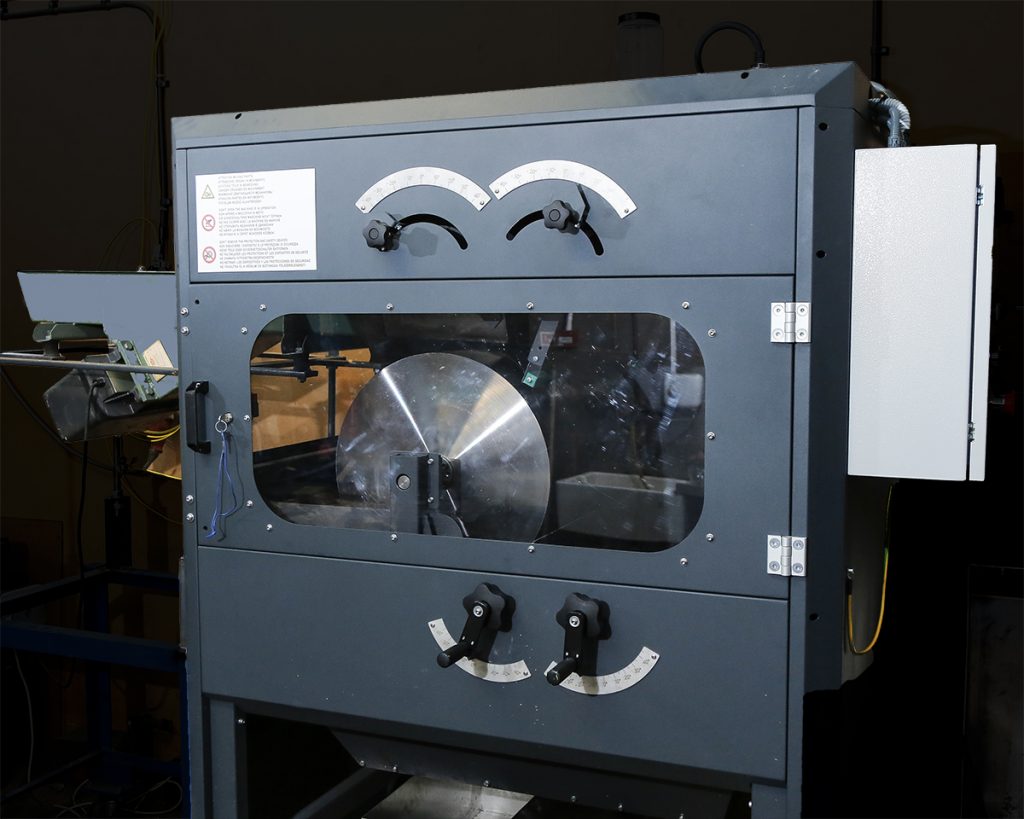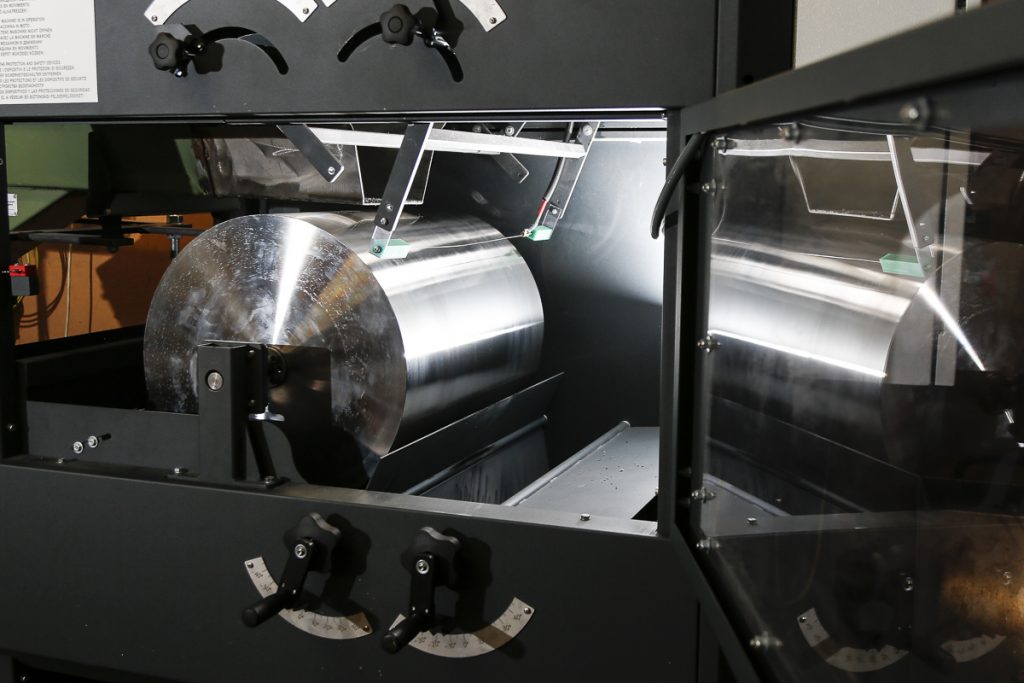The launch of
the new Bunting ElectroStatic
Separator is in response to enhanced material separation requirements in
the recycling, plastics and minerals industries. The ElectroStatic Separator uses tungsten
electrode wire to generate electrostatic charges to separate dry liberated
particles. The new technology
significantly broadens separation capabilities, opening up new opportunities
for recovering materials from waste and optimising mineral reserves.

Separation Using ElectroStatic Principles
ElectroStatic Separation exploits the difference in electrical conductivity between various materials in a feed material to produce a separation. The separation depends on a number of key material characteristics including conductivity, moisture content and size range. In many applications, often due to the fine particle size, the ElectroStatic Separator is the only technology that enables a separation (e.g. -2mm granulated cable scrap). The technology also replaces less environmentally friendly separation processes such as froth flotation in mineral processing applications (e.g. separation of rutile from silica sand).

In operation, the technology utilises the difference in conductivity between insulators (e.g. plastics) and conductors (e.g. copper and aluminium) to obtain a separation on an earthed roll. A vibratory feeder evenly feeds a material mix onto the top of a rotating earthed metal roll. The rotating roll transfers the material under an electrode bar inducing an electrostatic charge. Non-conductive materials (i.e. insulators) adhere to the earthed roll via an image force, whilst the conductors lose their charge quickly and, under centrifugal force, are discharged. This enables a separation.
The Bunting
ElectroStatic Separator is available as a single or double staged system in
feed widths of 500mm, 1000mm and 1500mm to suit a specific application.
Applications
ElectroStatic
Separators enable material segregation in plants processing minerals, producing
plastics, and recycling secondary metals.
Differences in conductivity found in recycled materials and minerals are
sufficient to enable excellent levels of separation. Indeed, this includes the separation of
metals with different conductivity. When
recycling wires, the technology enables the separation of plastics (insulators)
from conductors (Copper and Aluminium), followed by segregation of the two
metals. The same principle is used to
separate aluminium from plastic when recycling shredded window frames and
electric waste (WEEE).
The mineral
processing industry commonly uses ElectroStatic Separators in conjunction with
high intensity magnetic separators such as the Rare Earth Roll
Magnetic Separator and Induced
Magnetic Roll Separator. This combined
separation process is used when processing beach sands.
Controlled Material Tests
The Bunting
Centre of Excellence in the UK includes a laboratory-scale model of the new
ElectroStatic Separator. Bunting invites
companies to arrange for controlled tests to confirm the separation
capabilities on a specific sample of material.
- Additional information on the ElectroStatic Separator
For additional information on the ElectroStatic Separator or to arrange a test in the Centre of Excellence please contact us on:
Email: Gordon Kerr at GKerr@buntingmagnetics.com
Telephone: +44 (0) 1527 65858
Follow us on social media








